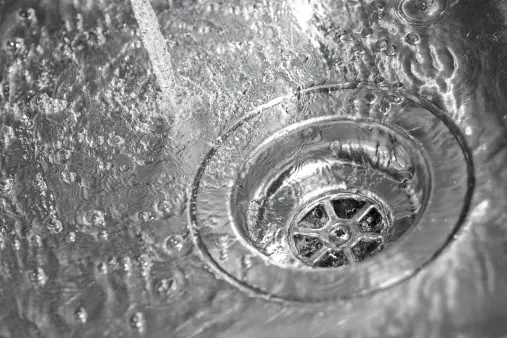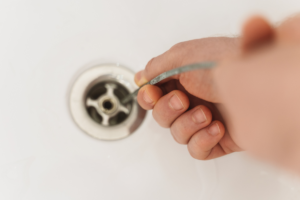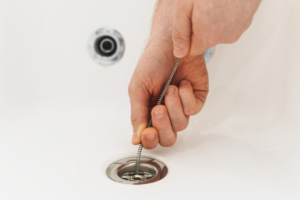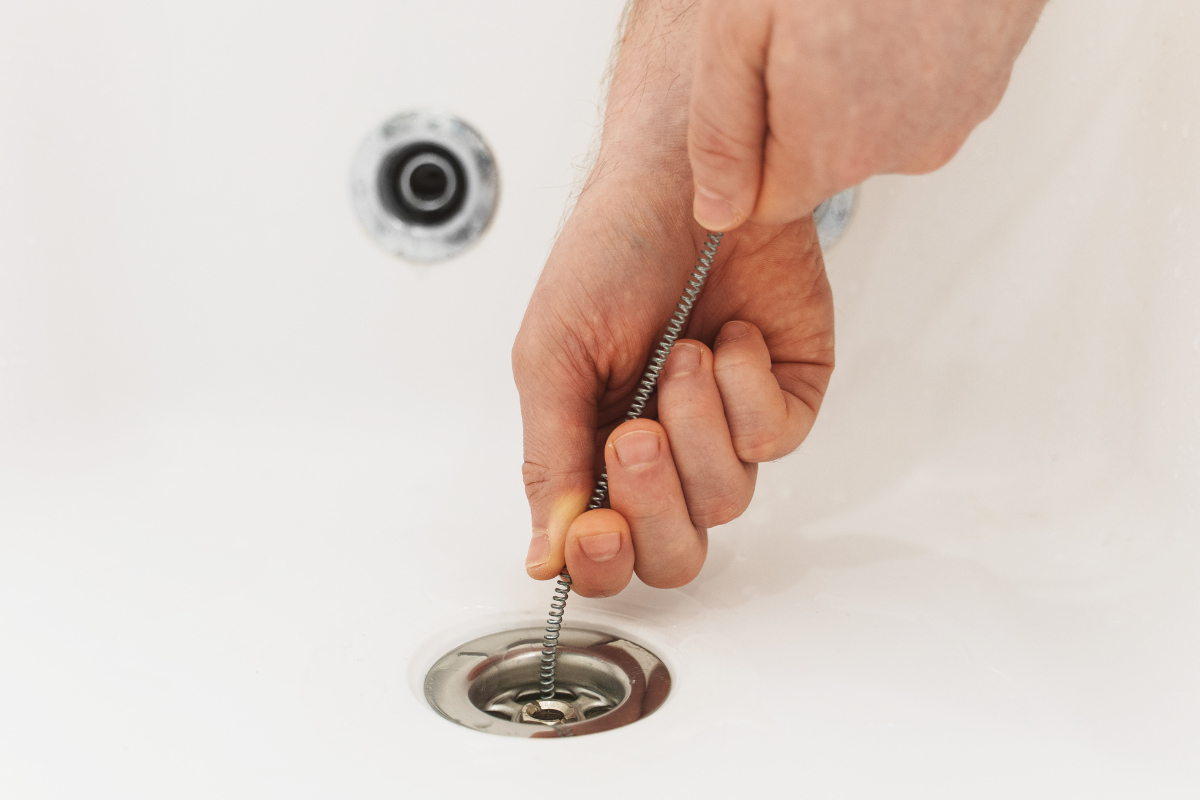Best Practices For Using a Plumber’s Snake: Drain Snake Guide
In the realm of do-it-yourself home repairs, understanding and effectively utilizing the tools at your disposal forms a critical part of the process. A plumbing snake, or drain auger, is an essential tool in resolving common plumbing issues. The knowledge of how this tool works, its design, and the type of plumbing problems it helps to solve forms the groundwork for its effective use. In addition, a solid grasp on the process of using a plumber’s snake safely and competently can save homeowners significant time, stress, and potentially, money.

Understanding the Function of a Plumber’s Drain Snake
Let’s delve into the exciting world of plumbing tools, specifically one that is fundamental yet simultaneously fascinating: the plumber’s snake! It’s not your regular wildlife snake, mind you, but a heavy-duty piece of equipment that any plumbing enthusiast should be familiar with. This fantastic gadget is designed exclusively to help you tackle clogs that are persistently stubborn and refuse to be dislodged by ordinary methods.
The main purpose of a plumber’s snake, also known as a drain snake, is to break up and remove obstructions from plumbing pipes. This handy tool offers a solution far more precise than a standard plunger which, while helpful for minor blockages, might struggle with more entrenched problems. The plumber’s snake boasts an incredible ability to reach deep into the pipe, navigate bends, and directly engage with the blockage.
In essence, a plumber’s snake is a long, flexible, metal rod that is pushed down the pipe to dislodge the obstruction. Most plumber’s snakes have a spiral, coiled end that functions as a corkscrew, ideal for breaking up or retrieving the offending object. They come in various sizes, from handheld models suited for small household pipes to motorized versions designed for larger pipes commonly found in commercial settings.
When waves of water start receding slower than usual or refuse to drain, you know you have a clog. It’s at this point the need for a plumber’s snake arises. It’s elegantly simple. The snake is fed into the problem pipe until resistance is felt, and that’s your prime suspect, the clog. You rotate the snake to either break up the obstruction or fasten onto it. Slowly and carefully, you pull out the snake, and ideally, the culprit comes out as well. Voila! You have navigated the murky depths and emerged victorious.
What’s particularly wonderful about a plumber’s snake is the minimal damage it does to pipes. It focuses on the obstruction and not the surroundings. No more worries about pounding the pipes too hard or using corrosive chemicals, which can cause more harm than good to the pipe’s structural integrity.
Understanding the function and purpose of a plumber’s snake demonstrates the incredible depth that the plumbing hobby offers. The intricacies and nuances with tools like the plumber’s snake exemplify how plumbing is so much more than just wrenches and pipes; it is a tale of science, problem-solving, and technique. Armed with a plumber’s snake, you are ready to take the plunge into the world of advanced drain cleaning, conquering any stubborn clog that may arise. Let the adventures in your plumbing journey set sail!

Best Practices For Using a Drain Snake
Now, let’s dive straight into the best practices for operating a plumber’s snake. It’s been a journey learning these techniques, but over time, the process starts to feel almost like second nature. A plumber’s snake, as versatile as it is, can be a lifeline in tackling stubborn clogs, but only if used correctly. Here’s how.
Firstly, always wear protective equipment. Plumbing isn’t a clean job, it’s certainly not glamorous, but it is rewarding. Donning a pair of robust gloves is a non-negotiable best practice. Not only because of hygienic reasons, but also because it offers solid grip on the snake’s handle.
Feeding the snake slowly into the drain is absolutely fundamental. We’re not in a rush here; the idea is not to damage the pipes further, but to gently break up the clog and coax it out. There’s an art to it, a kind of tactile understanding that develops over time. Force is rarely a friend in plumbing.
Now, let’s talk about technique. When you hit a clog, rotate the handle while keeping forward pressure on the snake. This action helps to pierce and break down the obstruction. Imagining it as a delicate dance between you, the pipe, and the clog can make it a challenge rather than a chore.
Monitor the progress frequently. There’s nothing worse than breaking up one clog, just to push it further down the line and create a new one. Retract the snake every once in a while, to assess what you are pulling out and if you’re getting closer to resolving the issue.
Never underestimate the importance of cleanliness in this business. After successfully clearing the obstruction, clean the plumber’s snake thoroughly before storing it. Warm, soapy water will do the job just fine. This not only prolonge the snake’s lifespan, but is also another responsibility in the great world of hobbyist plumbing.
Lastly, stubborn clogs might need more than one attempt to be completely cleared. Patience is key. If the clog remains after multiple attempts, at that point, it might be best to call for professional help. But don’t feel defeated; remember, plumbing is a realm of continuous discovery.
All of these practices come together to make a small, yet impactful difference. Remember, the journey of becoming an efficient hobbyist plumber is just like working with a plumber’s snake; it is a steady, incremental process, and every twist and turn takes you deeper into the enticing world of pipes and water flow. Let the journey continue! The clogged world awaits your expertise.

Safety Precautions and Maintenance
Safety With the Plumber’s Snake: Protection and Preservation
Among the array of tools in a hobbyist plumber’s arsenal, the plumber’s snake is paramount. Having explored its features and operation, we must venture into the realm of safety measures and maintenance to ensure this robust tool enjoys a long, useful lifespan.
A key note of concern is the imperative use of protective gear. Just as masks are worn in a field of dust or earmuffs in loud factories, gloves and protective goggles should be the frontrunners in your plumbing endeavor. Gloves provide a robust barrier against potential sharp edges and bacteria while the eyewear shields against unexpected splashbacks.
Learning to delicately maneuver the plumber’s snake is equally crucial. It’s akin to an art form, requiring tender finesse. Feed the snake slowly and steadily down the drain; an overzealous approach can inadvertently harm your pipes. Patience, in this sphere, is more than a virtue—it’s a necessity.
As an earnest plumber, you must adopt a methodical strategy while clearing blockages. The snake isn’t a ramrod, it’s more like a scalpel—sharp, precise, and meticulous. Sudden or forceful manoeuvring can shift the clog, making it even more stubborn and difficult to reach. So, keep vigilance and consistently evaluate your progress.
Once the job is done and the water is flowing smoothly, turn your attention to the snake. Just like a gardening tool caked with leftover dirt, a plumber’s snake also needs a thorough cleaning after each use. Wipe it down, disinfect it, allow it to dry before storing. This ensures the snake is ready for its next mission and prolongs its functioning life.
Clogs are often obstinate, and your initial run-in might not guarantee immediate triumph. Persistence is required. That said, there’s also wisdom in acknowledging defeat when a particular block seems especially relentless. In such instances, it’s essential to know when it’s time to call in the professional cavalry.
In this journey of becoming a seasoned plumbing hobbyist, each day is ripe with opportunities for learning and growth. As you advance, you’ll uncover smarter techniques, achieve a profound understanding of tools like the plumber’s snake, and tackle more complex issues with confidence. So let’s continue this voyage of discovery together, exploring the depths of home plumbing, armed with our trusty tool—the plumber’s snake. Don’t forget—safety first, and always take care of your tools!
Conclusion
Safeguarding oneself by adhering to safety precautions is paramount when using tools like a plumber’s snake, as these tools can pose various risks if not handled properly. Moreover, maintaining the tool in an optimal condition through proper cleaning and storage can significantly increase its lifespan, making it a reliable companion in your DIY home repair kit for a considerable length of time. With the knowledge gained on these best practices for using a plumber’s snake, success with your drainage issues is within arm’s reach, providing both practical solutions and a sense of accomplishment.








